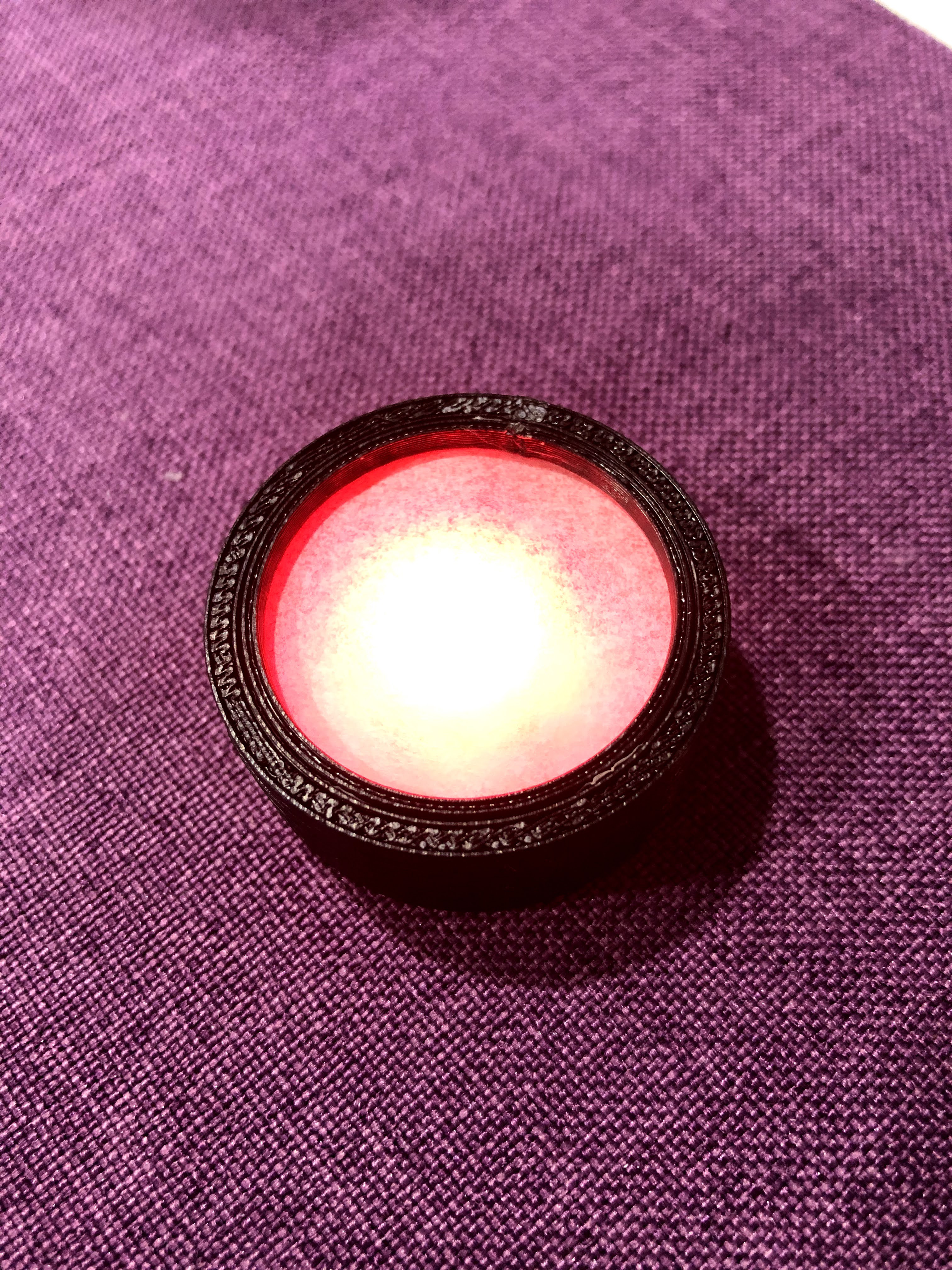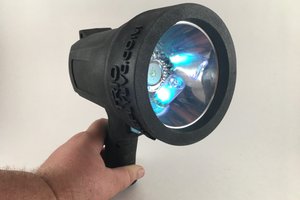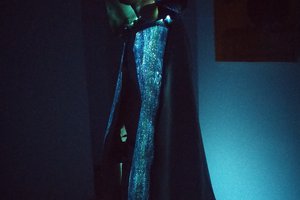About the code
To emulate fire, I started testing with no particular idea in mind.
In the beginning, I try to send some analog values for the RED and GREEN channel on the led with a fixed delay.
But in some cases, red was too low and green was high, so the light looks greenish. I fix this issue by selecting a random value for the green between 0 and the red value.
In this case, the light was still able to go from almost zero to maximum brightness, and again it wasn`t realistic.
The solution I found most natural was to tweak the light with a random step(in this case, between -32 and 32) for the red channel. Like that, the led will never do an enormous jump between min and max value.
The green value is formed from the red with a little tweak.
// Initialize the red value
int step = random(128, 255);
for (long i = 0; i < 90000; i++) {
// Smooth increase or decrease value
step += random(-32, 32);
// Never go below 128
step = max(128, step);
// Never go above 255
step = min(255, step);
// Tweak the green value
int g = step - random(0, 32);
analogWrite(RED, step);
analogWrite(GREEN, g);
// Random delay to eliminate artificial look
delay(random(8, 16));
}
Short video
This is the schematic

The box is printed in 3 parts
- Bottom - which is the main part.
- Top - threaded cap that presses the candle to the bottom
- Ring - If you want to use a diffuser(baking paper), you can slice 33mm diameter circle paper and add it between the top and the ring part.



 Boris Shabanov
Boris Shabanov
 Josh Starnes
Josh Starnes

 MDreamer
MDreamer
 strange.rand
strange.rand